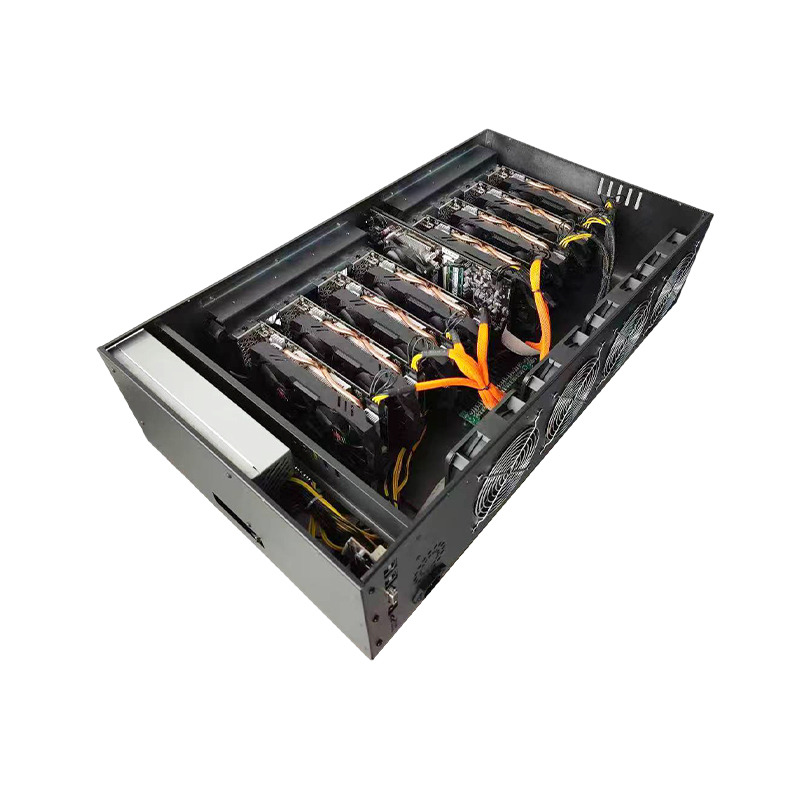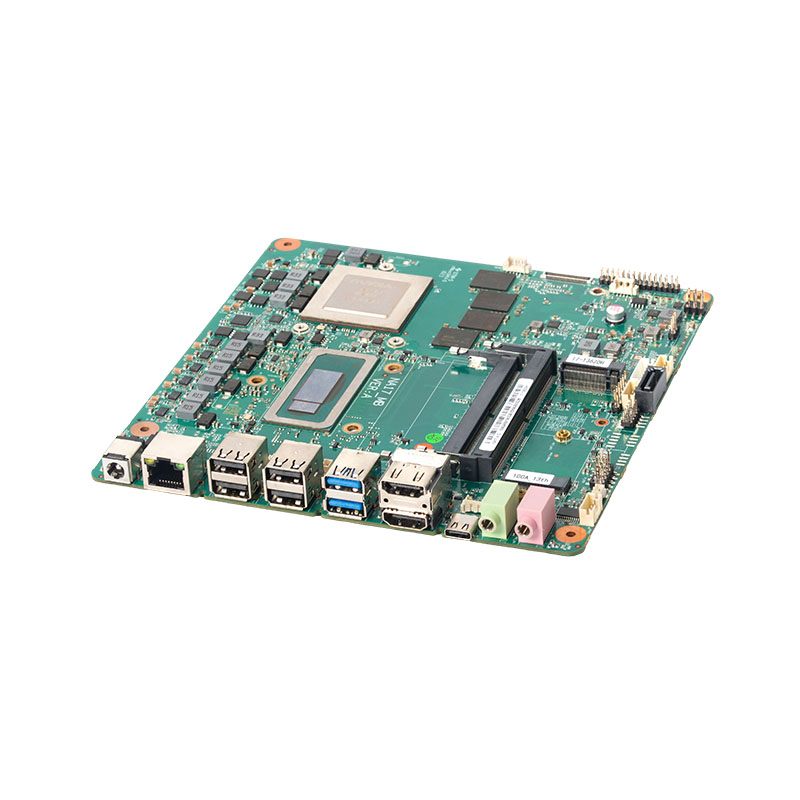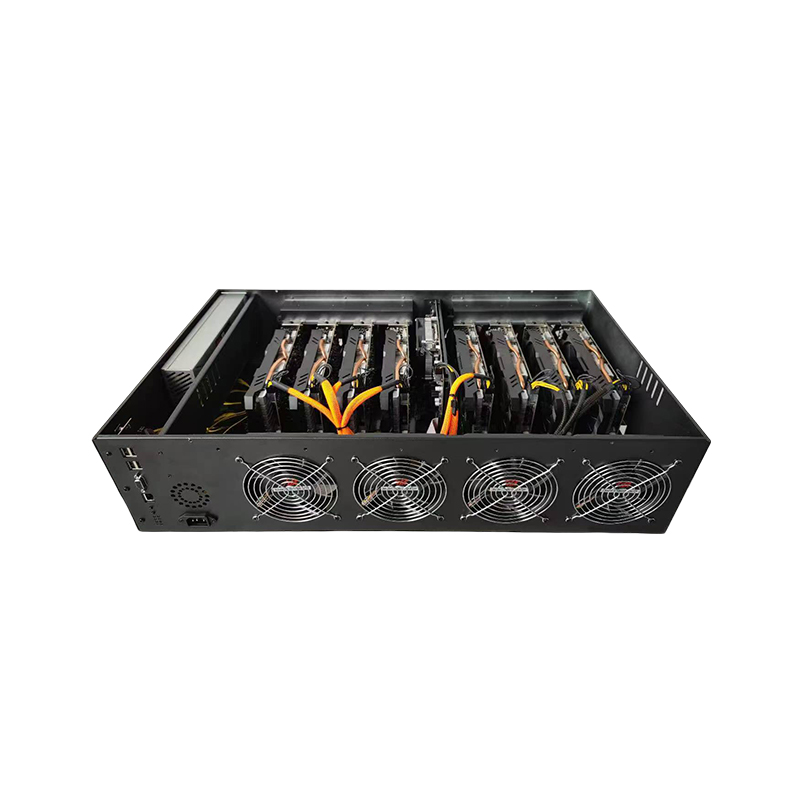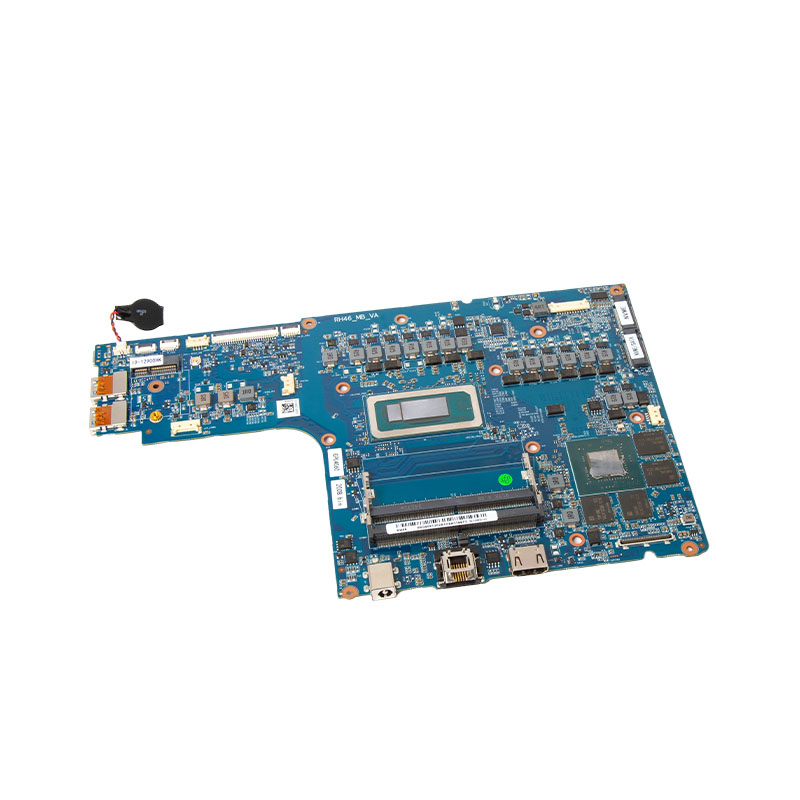In AI computing modules, the tiny gap between the chip and the heat sink will cause a surge in thermal resistance due to the presence of air.
- +86-13760268645
- wulimin@31wm.com.cn
- Area A, 1st Floor, No. 2, Huihuang Industrial Park, Xitian Community, Gongming Street, Guangming District, Shenzhen







